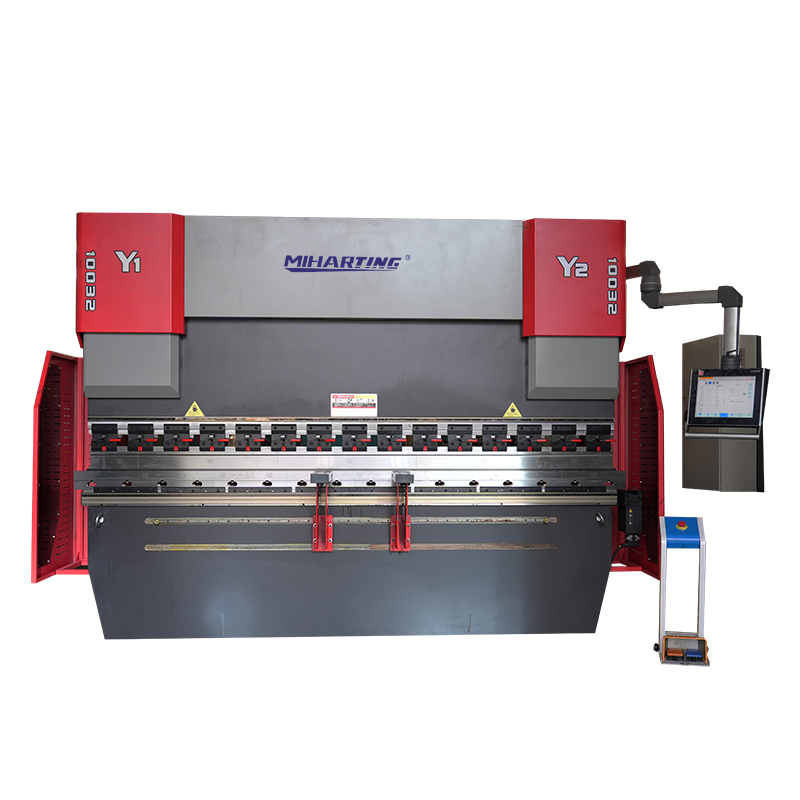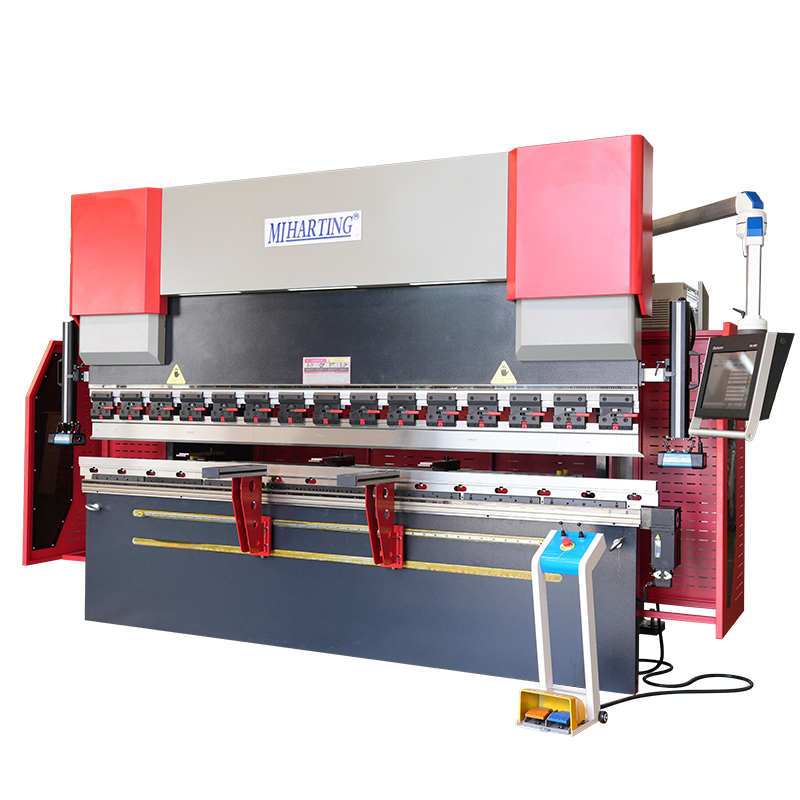In the realm of sheet metal fabrication, precision and productivity reign supreme. Among the essential tools that embody these qualities is the press brake machine, a specialized equipment renowned for its ability to bend and shape metal sheets into complex geometries.
Unveiling the Intricacies of Press Brake Machines
Press brake machines operate on a fundamental principle: applying force to a metal sheet against a die, resulting in a controlled bend. Their robust construction ensures they can withstand significant forces, allowing them to handle a wide range of materials and thicknesses.
Key Components of Press Brake Machines:
- Press Beam: The force-applying component that moves up and down, exerting pressure on the metal sheet.
- Dies: Interchangeable tools that determine the shape and angle of the bend.
- Clamping System: Secures the metal sheet in place, preventing slippage during bending.
- Back Gauge: Positioned behind the workpiece, it sets the depth of the bend.
Advantages of Utilizing Press Brake Machines:
- Precise Bending: Press brake machines enable precise control over the bend angle, ensuring consistent and accurate results.
- Efficient Bending: Automated processes and high-pressure capabilities enhance productivity and streamline production.
- Versatility: Compatible with various materials, thicknesses, and configurations, catering to a diverse range of bending applications.
- Durability: Robust construction and high-quality components ensure longevity and reliable performance.
Applications of Press Brake Machines:
Press brake machines find widespread use in numerous industries, including:
- Automotive: Creating body panels, frames, and other components
- Aerospace: Bending aircraft wings, fuselages, and structural elements
- Construction: Manufacturing roofing, siding, and architectural components
- Electronics: Forming chassis, enclosures, and heat sinks
Selecting the Right Press Brake Machine:
Choosing the optimal press brake machine for your specific requirements requires careful consideration of factors such as:
- Bend force and capacity
- Bending length and angle
- Automation features
- Material compatibility
- Budget and space constraints
By thoroughly assessing these criteria, manufacturers can ensure they invest in a machine that aligns with their production needs and maximizes their return on investment.
Conclusion:
Press brake machines represent a cornerstone of precision metal fabrication, providing unparalleled control and efficiency in bending operations. Their versatility, durability, and precision make them indispensable tools for a wide range of industries. By understanding the intricacies, advantages, and selection criteria of press brake machines, manufacturers can harness their potential to unlock new heights of productivity, quality, and innovation.






